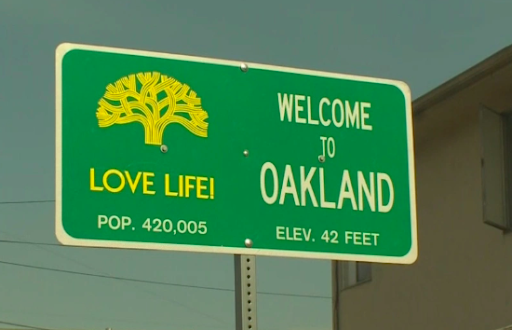| Dear OUSD Staff and Community:As we prepare for tonight’s Budget presentation to the Oakland Unified School District (OUSD) Board of Education, I want to share some information with you beforehand. Over the course of the year, I will provide quarterly updates to inform the community on our progress toward fiscal vitality and examine challenges we face along the way. While school finance is complicated, OUSD is moving in the right direction. This has not been an easy road for the District, but it’s a critical one for us to ensure we are financially healthy while we improve educational quality. I am taking this opportunity to go a little deeper into the district’s financial picture. The presentation tonight will be a final accounting of the 2018-19 fiscal year. It is the time in the budgeting cycle known as the “Unaudited Actuals” or the “Closing of the Books” because financial books are closed, but have not yet been audited.I admit that it is hard to understand OUSD’s serious financial challenges while at the same time seeing our “Unaudited Actuals” showing a positive ending fund balance of $71M. To help make sense of what this means for our students and community, here are six key questions about tonight’s presentation. The first question is about the reserve and I want to provide a full answer as it is critical to our long term fiscal vitality. For the questions that follow, we are providing short summary answers and a link to more detailed explanations. 1. Does OUSD have a “rainy day” fund built into its budget? Yes. It is a critical benchmark for all school districts across the state to ensure that they have a “rainy day” fund to cover for economic uncertainty. California mandates a minimum balance for districts like OUSD at 2% of their operating budget and refers to it as the reserve for economic uncertainty. For OUSD, this is a minimum of $11,300,930. Of note, this 2% amount is significantly less than best practices in school finance. To meet that standard, our District would need to reach 17% — two months worth of operating expenses — or $96M. Over the past three years, we have slowly increased our ending fund balance and therefore built our reserve for economic uncertainty. In 2016-17, our reserve dropped to $3M (0.53%), with almost no room for error or funds to cover emergencies. As our Board and Superintendent continue to grapple with our revenues and expenditures, we have begun to build our reserve by making some hard and often painful decisions. While not there yet, Oakland is moving in the right direction. We closed the 2018-19 year with a 3.5% reserve for economic uncertainty which is $19.8M (2% state mandate + 1.5% Board Resolution). This money ensures a level of stability for our students and we will continue to make strategic investments and difficult decisions to: Increase revenue to the districtReduce costs and become more efficient in our operational processesReorganize the central office in support of improved service to schools and families 2. In addition to the “rainy day” fund what other kinds of financial commitments are reflected in the unrestricted fund balance? There are commitments we plan to cover using the unrestricted fund balance such as legally mandated Prop 39 charter repairs, audit adjustments, outstanding special education expenses as well as using the unassigned/unappropriated funds to cover current year costs in special education and the adopted SEIU contract. (Board Resolution 19-1575) 3. Did OUSD receive more money (revenue) this year compared to last year? Yes. Revenues change over the year and we received more than we had anticipated. 4. Why does OUSD have $40.4M in restricted carry-over at the end of the year?Carry over is the amount of money carried over from one fiscal year to the next. In this case, most of the money is either already committed for an expense this year (Measure G1 paying for raises) or intentional reserves (Measure N keeping a reserve to help provide stable funding year to year). 5. What financial challenges are we planning for over the next 3 to 5 years? The conditions that are leading to financial challenges all over California have not changed. Among those issues are flat state funding, a possible economic recession, rising compensation and retirement costs, and increased local spending on special education. 6. How are we continuing to improve the long-term fiscal vitality of the District? There are several improvements planned for this year. In addition to the issues raised in our fiscal vitality plan, we are also working on the following: aligning our budget development process to best practices, creating a budget book, increasing our budget monitoring, and spending down our restricted funds.For more detailed responses to these questions, click here.In short, our better-than-expected closing for 2018-19 means that our efforts to improve long-term fiscal vitality are working and that we can continue to safeguard and grow our reserve. Unfortunately, the aforementioned statewide financial challenges will persist in the coming years and we must redouble our commitment to sound fiscal stewardship and prioritizing our efforts toward student achievement.I look forward to updating you all in December with our First Interim Report on 2019-20. Respectfully,Preston Thomas Chief Systems and Services Officer (CSSO) |
What do you think?

